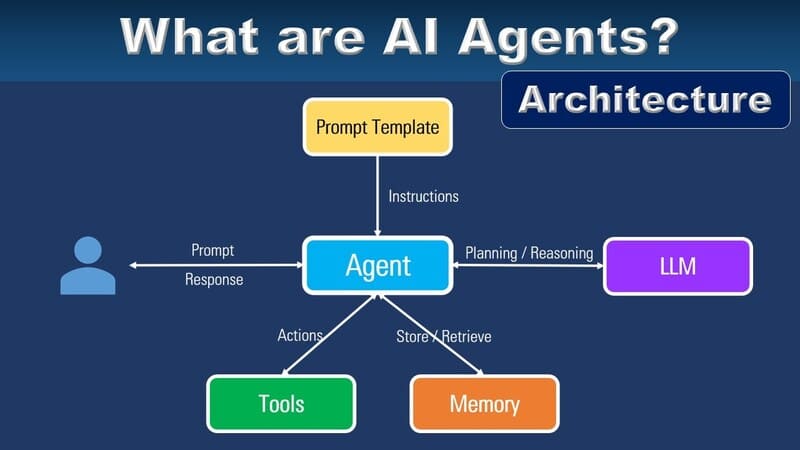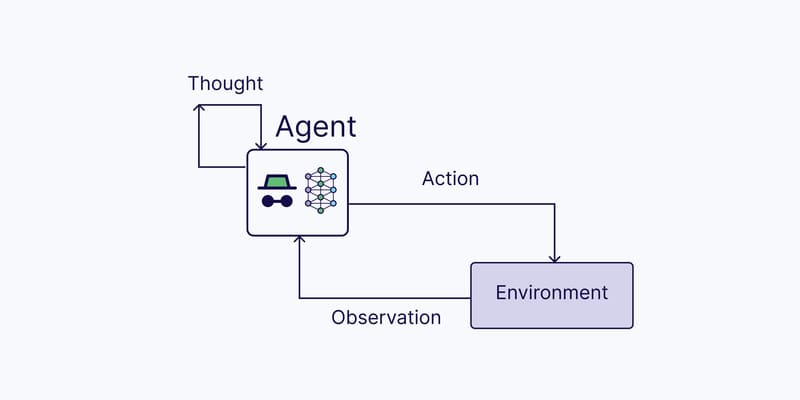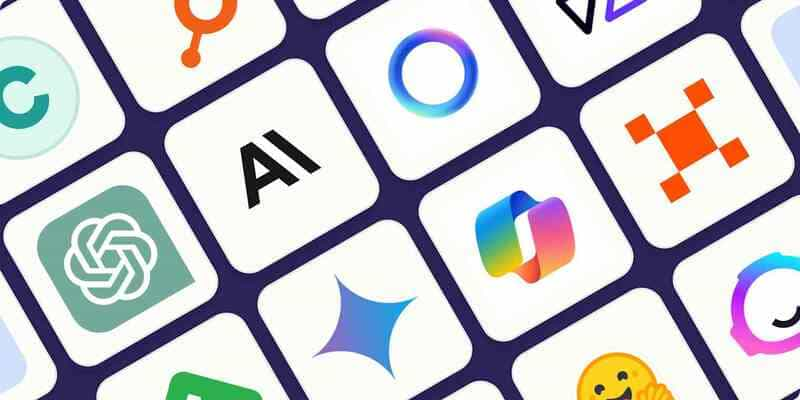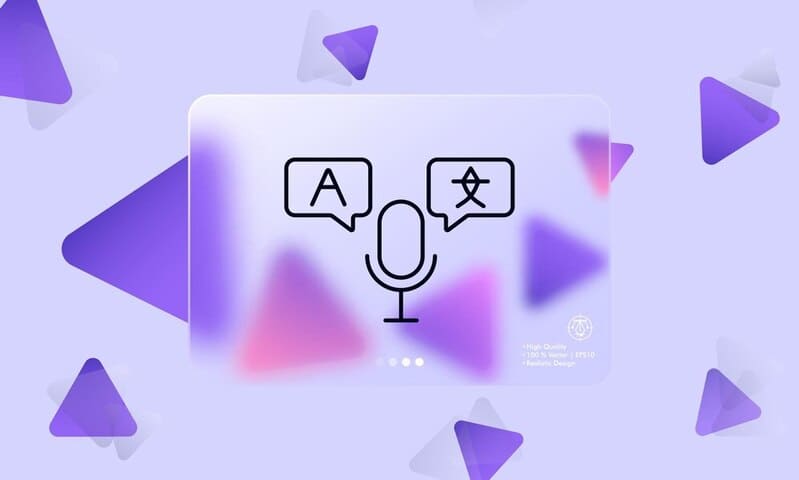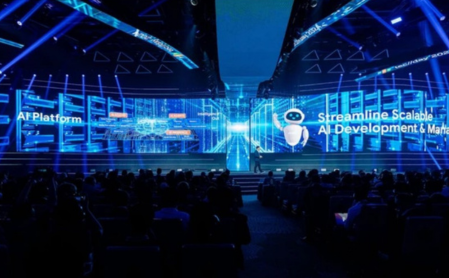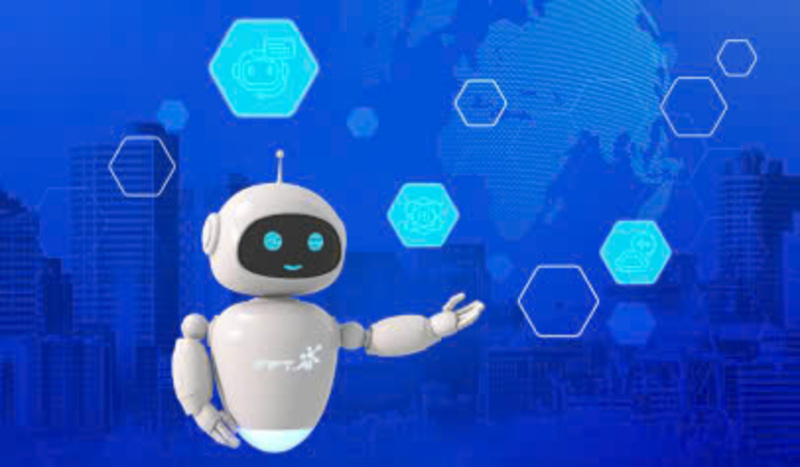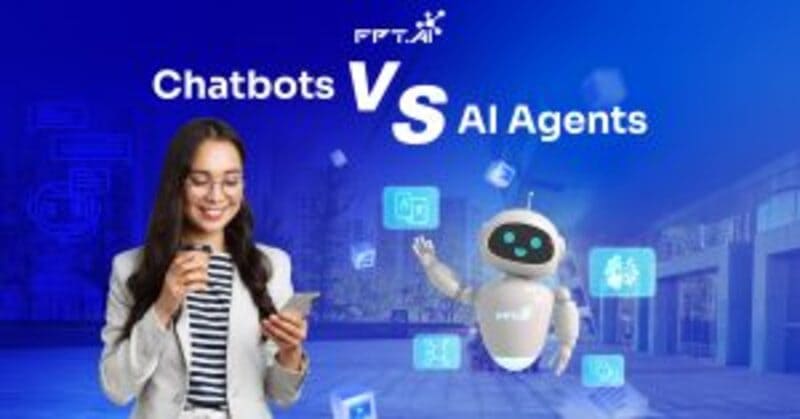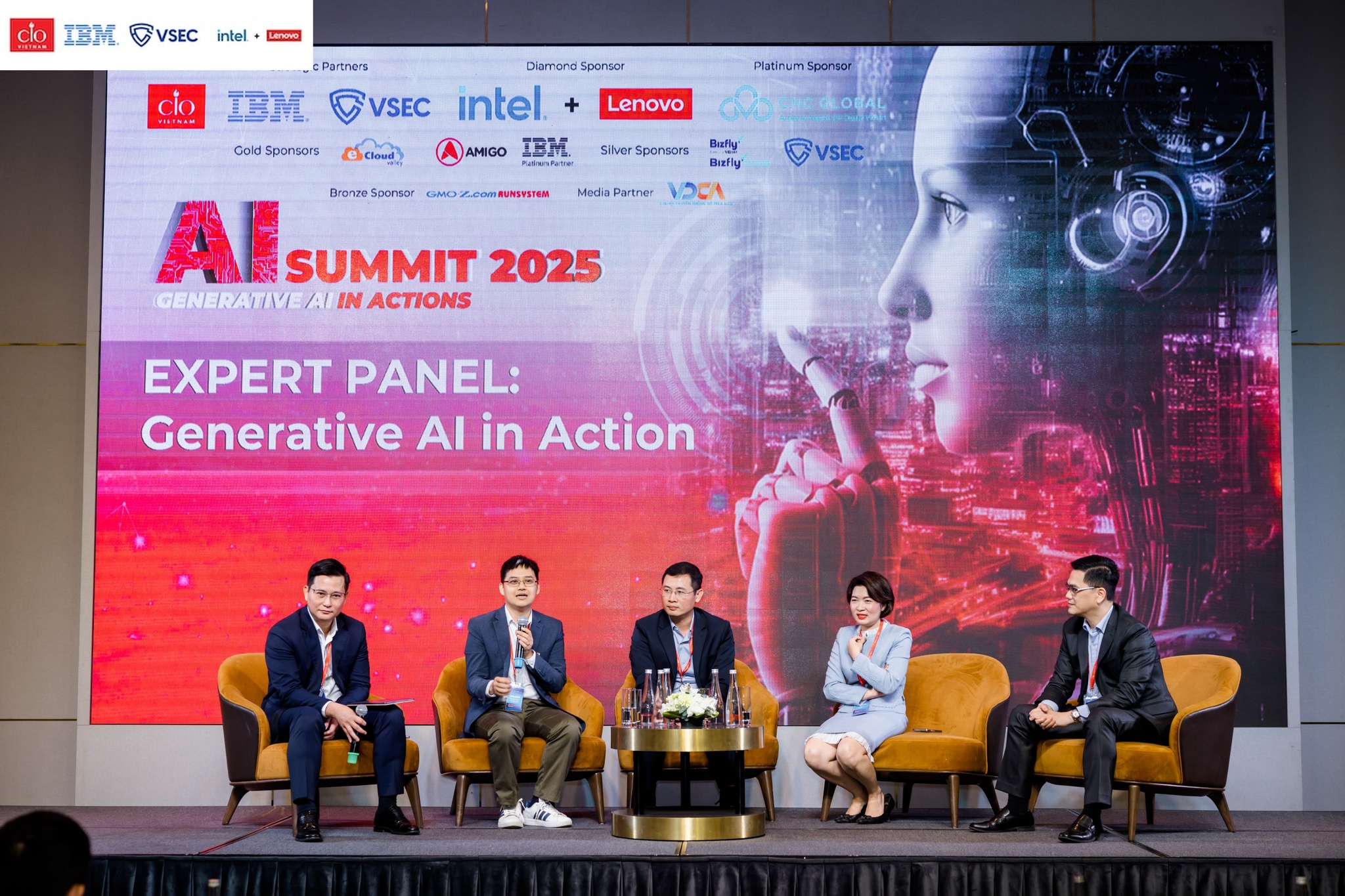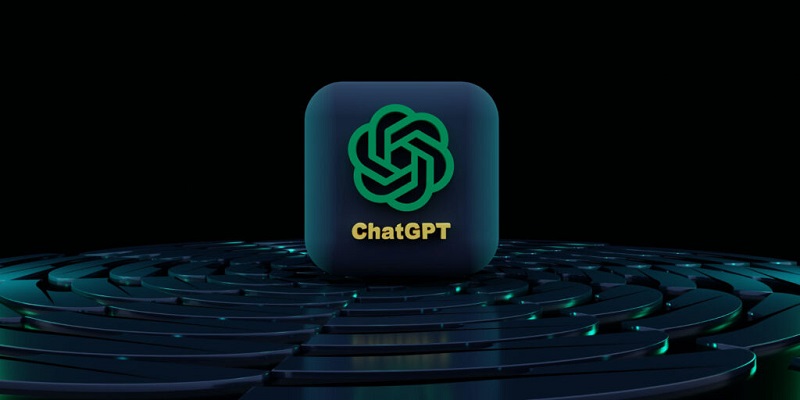In the advanced age of artificial intelligence, every breakthrough technology marks a pivotal shift — and the latest buzz driving the tech world is the Model Context Protocol.
Launched in late 2024 by Anthropic, the parent company of Claude, Model Context Protocol (MCP) has rapidly gained global attention. This new protocol is designed to revolutionize the way AI Agents and Large Language Models (LLMs) interact, enabling seamless communication and unlocking collaboration at an unprecedented scale.
But what exactly is MCP? How is it being applied in real-world scenarios? And is it related to the familiar APIs we use today? Join FPT.AI as we dive into the fascinating world of Model Context Protocol and uncover the value it brings to the future of AI collaboration.
What is MCP?
MCP, or Model Context Protocol, is essentially a set of rules and standards that enables different AI Agents and Large Language Models (LLMs) to exchange information, share resources, and coordinate on complex tasks. MCP acts as the “USB-C” of the AI world — a universal connector that allows AI models to plug into tools, services, and external data sources, resulting in more accurate and context-aware responses for real-world business needs.
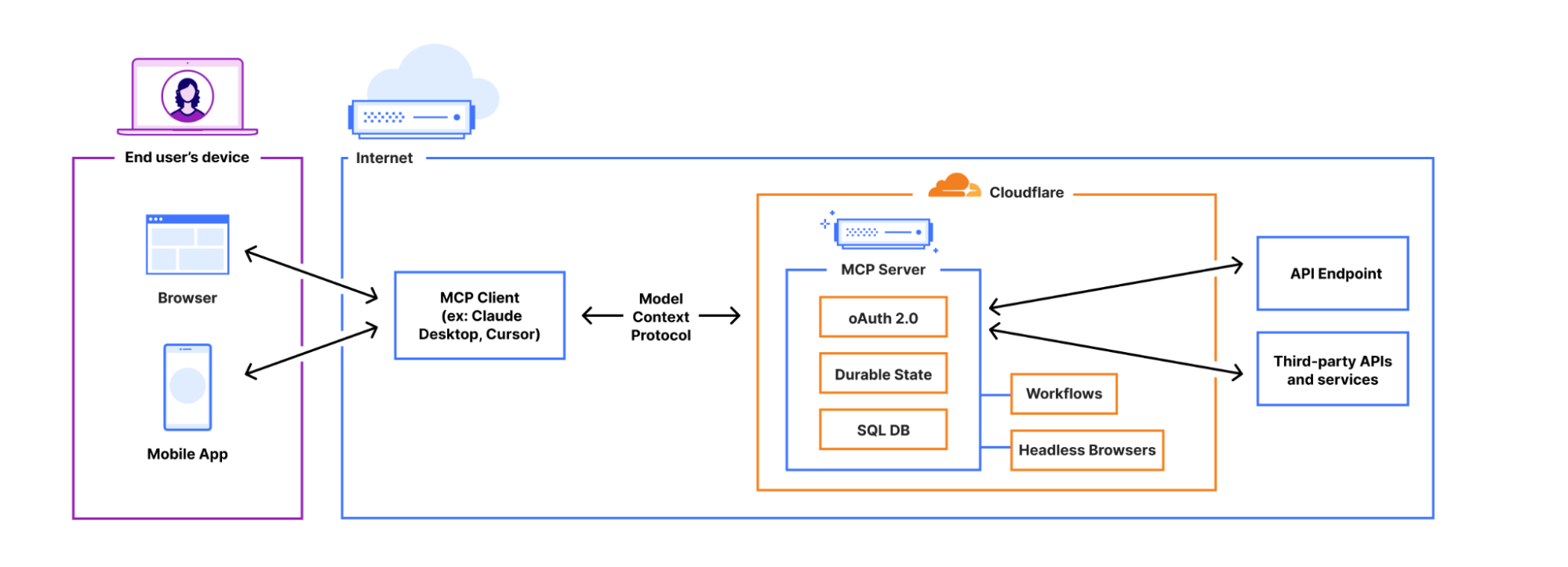
MCP Architecture
To operate seamlessly, Model Context Protocol is built on three core components:

Figure 2 – MCP Architecture
- MCP Host – A chatbot, IDE, or AI-powered tool that acts as the central coordinator. It manages sessions, controls access, and can initiate commands to MCP based on user requests or automated workflows.
- MCP Client – A web or mobile application initiated by the Host. It connects to a single Server and facilitates two-way communication between the Host and the Server.
- MCP Server – Acts as a bridge to external tools or data sources (e.g., Google Drive, Slack), enabling functions such as file retrieval, status updates, and data access:
- Prompt – Predefined instructions for LLMs, easily triggered via slash commands (/search), menus, or interactive UI elements.
- Source – Structured data (files, databases, histories) that provides essential context to AI models.
- Tool – Functional units that empower AI agents to take action, such as calling an API or writing data.
Why MCP Matters?
Beyond just a connection protocol, MCP brings a host of powerful advantages that enhance flexibility, security, and scalability across AI systems:
- Standardized Communication: MCP provides a structured framework that enables AI models to interact with diverse tools in a consistent and unified manner.
- Real-time Tool Access & Integration: AI assistants can now leverage external tools to gather real-time data — boosting operational efficiency and reducing costs for businesses.
- Enterprise-grade Security & Scalability: MCP enables secure and seamless integration with enterprise applications, supporting agile growth without compromising data protection.
- Multi-modal Integration: MCP supports multiple communication methods — including STDIO, SSE (Server-Sent Events), and WebSocket — ensuring compatibility across different deployment environments. This makes it easy for businesses to expand their AI ecosystems simply by connecting new MCP Servers, without disrupting existing workflows.
API vs MCP: Key Similarities and Differences
To implement MCP effectively, businesses need to understand how it differs from traditional APIs.

When to Use API vs MCP
On the one hand, business can use APIs when precision, predictability, and strict control are paramount in a tightly scoped environment.
For example:
- Online Banking Applications – Tasks like checking balances or transferring funds demand high security and accuracy, with clearly defined operations.
On the other hand, businesses will use MCP when you need dynamic, intelligent coordination between AI Agents and LLMs for complex, multi-step tasks.
For example:
- Business Trip Planning – Instead of integrating with calendar, flight, and email services separately, an AI Agent can interact with all via MCP in one seamless flow.
- Smart IDEs – MCP simplifies connections with file systems and version control, enabling AI to better understand code context and make smarter suggestions.
- Complex Data Analysis – AI platforms can automatically discover and interact with data sources and visualization tools via a unified MCP layer.
A Major Leap Toward “Build Your Own AI Agents” journey

Staying ahead of the curve, FPT AI Agents has integrated MCP Client Tools into its platform. This game-changing feature allows your AI Agents to connect and interact with external tools via MCP Servers — unlocking new levels of flexibility and intelligence.
With this integration, users can:
- Declare secure endpoints with flexible auth options (No Auth / Bearer Token).
- Select or exclude specific tools from connected MCP Servers as needed.
- Embed directly into business processes, allowing AI Agents to automate smart workflows powered by external capabilities.
This upgrade empowers enterprise AI teams to become more agile, versatile, and impactful — enabling smarter collaboration across systems and unlocking greater business value.
The Future of MCP in the AI-Driven World
Although still emerging, MCP is already reshaping the way we interact with and scale artificial intelligence:
- Standardizing AI Communication – Like HTTP standardized the web, MCP is poised to become the universal language for AI agents and tools to talk, collaborate, and co-create.
- Enabling a New AI Economy – MCP fosters a thriving ecosystem where enterprises and indie developers alike can build and expand AI-powered products.
- Accelerating the Evolution of AI Agents – With a consistent interaction framework, MCP makes intelligent, autonomous AI agents a practical reality.
- Redefining Human-AI Collaboration – By allowing machines to understand and respond in more humanlike, contextual ways, MCP moves us closer to true augmented intelligence.
Conclusion
MCP is more than just a protocol — it’s a dynamic gateway that enables AI tools to understand deeper context and deliver smarter, more accurate responses. With its unmatched advantages in scalability, flexibility, and performance, MCP is set to become a core trend shaping the future of AI.
At FPT AI Agents, the adoption of MCP Client Tools empowers your business to harness this breakthrough — enabling smarter automation, cost savings, and enhanced productivity.
Let’s build better, smarter AI Agents together — with FPT.AI!
Sources:
Base.vn. (n.d.). Model Context Protocol (MCP) là gì?. https://base.vn/blog/model-context-protocol-mcp-la-gi/
BitOnTree. (2024, March 19). Model Context Protocol vs API: What’s the difference and why it matters. https://www.bitontree.com/blog/model-context-protocol-vs-api
Microsoft Tech Community. (2024, April 23). Unleashing the power of Model Context Protocol (MCP): A game-changer in AI integration. https://techcommunity.microsoft.com/blog/educatordeveloperblog/unleashing-the-power-of-model-context-protocol-mcp-a-game-changer-in-ai-integrat/4397564







